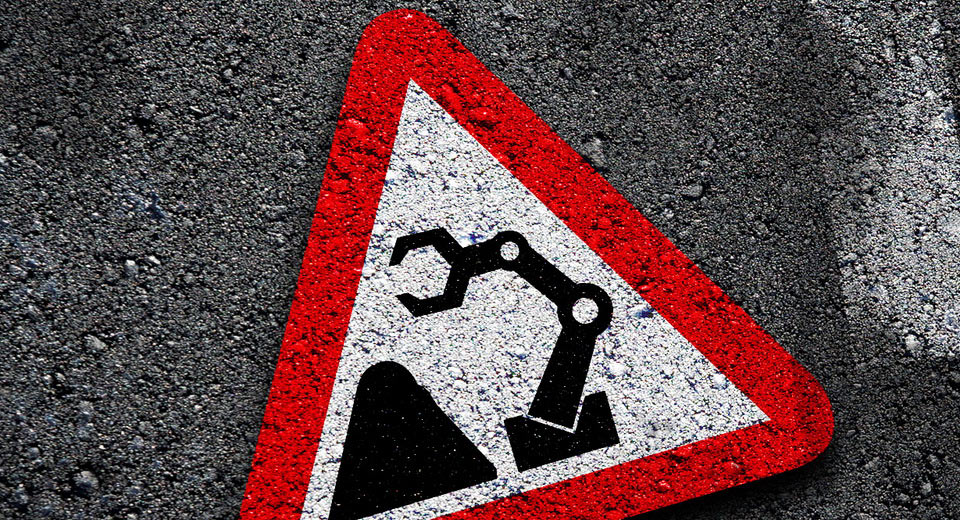While the future of the automobile remains unknown, the way the industry has moved forward with automation these past few years does point towards certain directions.
Thanks to Carkeys, we’ve got a few images we can show you that depict where we might be going in terms of infrastructure in what we could easily call the ‘near future’.
With a focus on autonomous and fully-electric vehicles, we could very well start seeing signs that point to a so-called Electric e-charging lane. This isn’t exactly a brand new idea, since it’s been thrown around by tech companies in the past.
This way, charging your car would become more efficient as you would no longer have to spend time at a fixed charging point – not as much time anyway.
Another sign that might pop up is the Autonomous Car Lane sign – which makes sense if the fully autonomous cars of the future are to indeed get their own lanes to drive in. While this might give rise to other issues (such as creating extra lanes), it does make sense to have autonomous cars separated from the ones still being driven by humans, thus reducing the potential for human error.
Speaking of humans, if they’re to be replaced with robots when it comes to roadworks (and other jobs), a sign warning drivers that the road is closed at that automated machines are at work could be very useful – though we’d imagine by then our cars would be smart enough (or connected enough) to know which roads we should take and which we should avoid.
Ah yes, the infamous Straddle Bus Route. This one actually makes a lot of sense, as a road sign, but only if it actually becomes the new norm – which means working on rails instead of wheels. Gliding over traffic works only when on a fixed route, obviously.
Last, but certainly not least, we’ve got a Hyper Loop sign. This isn’t so much a road sign aimed at driver as it is one that’s simply aimed at everybody – since anyone could theoretically take one of these hyper fast trains to their destination of choice.
Let us know which one of these signs you think is most likely to spring up in real-world traffic.













